Neoplastic potential of odontogenic cysts
- PMID: 21957386
- PMCID: PMC3180832
- DOI: 10.4103/0976-237X.83073
Neoplastic potential of odontogenic cysts
Abstract
Odontogenic cysts and tumors are distinct entities and quite a common occurrence in the jaw bones. The lining of odontogenic cysts shows a potential for neoplastic transformation to non odontogenic malignancies like squamous cell carcinoma and mucoepidermoid carcinoma, and odontogenic tumors like ameloblastoma and adenoamatoid odontogenic tumor (AOT). AOT is a benign, epithelial odontogenic tumor, common site being the anterior maxilla. Its origin from a dentigerous cyst and in the mandible is rare. A case of an AOT arising from a dentigerous cyst associated with an impacted permanent mandibular left lateral incisor is reported.
Keywords: Adenoamtoid odontogenic tumor; dentigerous cyst; impacted mandibular lateral incisor; neoplastic transformation; pathogenesis.
Conflict of interest statement
Figures
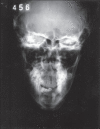
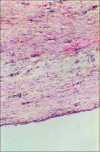
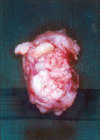
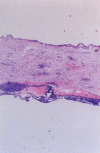
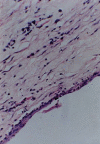

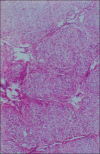
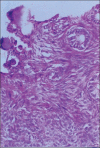
References
-
- Neville BW, Damm DD, Allen CM, Bouquout JE. Oral and Maxillofacial Pathology. 2nd ed. Philadelphia: Saunders; 2002. pp. 593–621.
-
- Shear M. Cysts of the Oral Regions. 3rd ed. Oxford: Wright Butterworth-Heinemann; 1992. pp. 75–98.
-
- Stafne EC. Epithelial tumours associated with developmental cysts of maxilla. Oral Surg. 1948;1:887–94. - PubMed
-
- Olgac V, Köseoglu BG, Kasapõglu C. Adenomatoid odontogenic tumour: A report of an unusual maxillary lesion. Quintessence Int. 2003;34:686–8. - PubMed
-
- Vallejo MG, Garcia MG, Lopez-Arranz JS, Zapatero AH. Adenomatoid odontogenic tumour arising in a dental cyst: Report of unusual case. J Clin Pediatr Dent. 1998;23:55–8. Fall. - PubMed

